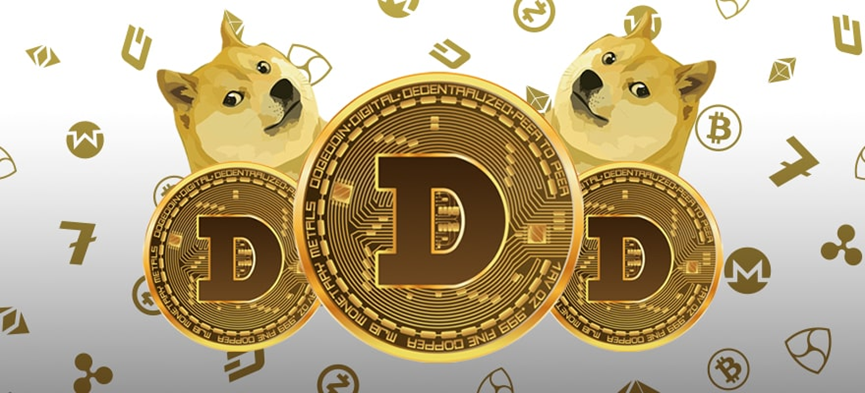Coins, those small metallic discs that fit so unassumingly in the palm of our hands, hold within them an entire tapestry of history, culture, and value. From ancient civilizations to modern economies, 狗狗幣未來 have served as both practical currency and intricate works of art. These miniature masterpieces offer a captivating glimpse into the past while remaining essential components of our present-day financial systems.
The origins of coins can be traced back over 2,500 years, when they emerged as a solution to the cumbersome barter system. Ancient civilizations in various parts of the world, from Lydia to China, began to mint these small, standardized pieces of metal as a medium of exchange, revolutionizing the way people conducted trade. These early coins not only facilitated commerce but also bore intricate designs and symbols reflecting the culture and beliefs of their respective societies.
As centuries rolled on, coins evolved beyond their utilitarian purpose to become powerful symbols of authority and identity. Rulers and empires used coinage to convey their legitimacy, showcasing their portraits and monumental achievements. The Roman denarius, the Byzantine solidus, and the Ottoman akçe are just a few examples of coins that carried the weight of empires and dynasties on their small surfaces.
The value of coins transcends their metal content; rarity, historical significance, and demand from collectors can elevate their worth to astounding heights. Numismatics, the study and collection of coins, has become a passionate pursuit for many, blending history, art, and investment. Rare coins, such as the 1933 Double Eagle gold coin and the 1794 Flowing Hair silver dollar, have fetched staggering sums at auctions, attracting not only numismatists but also investors seeking to diversify their portfolios.
